
14 Sep Spedal ES-268 Bluetooth HD Bass Bone Conduction Headphones Review
Cool Tech But Lacks Refinement
So Bone Conduction technology is finally here guys in the mass market and It’s definitely one interesting concept indeed. This technology is still in its primitive state with loads of potential. While execution at this time is quite limited across the board that doesn’t mean we don’t have an interesting product here as that’s definitely not the case. The product goes for around $59 on Amazon right now in the black or red colors. I found the box design to be quite nice with the red and blacks. The product comes with a complimentary micro USB cable which means this thing has a micro USB port. It’s a smart choice as it’s probably the most widely used output on the market currently. The product comes with a simple to use instruction manual as well. The setup process is not too bad but that doesn’t mean improvements can’t be made. Connecting this thing via Bluetooth to my phone is not as simple as it could be as I can’t really hear it say pairing mode activated nor does the light flash blue on the product until after you make the connection with your phone. I also had some trouble figuring out exactly how to wear this product. The product has no conceivable way to extend the head length and you’re apparently not supposed to put this product on the top of your head according to the model wearing the product on the listing. No matter which way I wore the product I could not avoid periods of discomfort especially for extended periods of time. Apparently, you are supposed to put this product on the back of your head right above your ears and put the music cups in front of your earlobes. This confusion is why the setup was not as easy as it could have been otherwise.
The process of listening to music via bone conduction definitely has a learning curve. The product shakes heavily which causes sound waves to transfer efficiently through the ears without actually putting them physically their. It’s a weird concept and I do want to see how it works in a scientific way. My main issue is I don’t really see a need for this technology yet. I mean the product still emits volume via sound waves even though it’s shaking as I can still hear the muzzled volume from a distance. Also, the product’s sound quality is the definition of average as more R&D was used for the new technology. Songs like Over or Frontier has a bass boost which is noticeable but doesn’t add that much and the song lyrics can distort on higher volumes. The product is able to remain connected from long distances and with poor atmospheric conditions so that’s good at least. The product is equipped with IP55 which is good enough to prevent damage if it’s splashed or submerged for a limited time period. The product has an average battery life of around 5 hours of usage thanks to a 180mAh battery located within the unit. While this number seems kinda of small it’s more than ok for a product of this category. In my tests, the product remained secured on the front of my ears and did not fall out like normal wireless earbuds when running. So I guess that’s one benefit at least as earlobes are inherently irregular and impossible to develop for all shapes and sizes. However, this product is designed purely for the mostly flat skin in front of the ear. So really only limited variations are necessary. Overall while the technology presented today is really interesting and could have merit. The marketing for this industry needs some work. The only benefit being advertised is reduced earlobe simulation but honestly, I don’t think that’s enough to drive this industry. Anyway thanks very much for sending me this product for review. No further compensation besides this free item was provided by the seller. Please buy this item using my link below it supports me greatly.
Buy Now




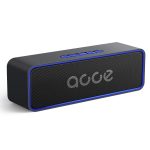
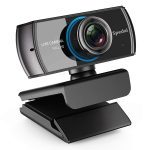
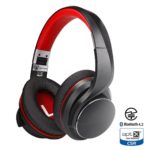
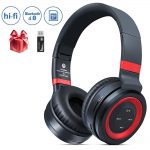
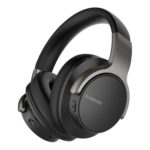
No Comments